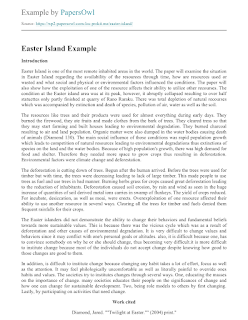College Level Book Report Writing: A Comprehensive Guide
As a college student, one of the essential skills you are expected to develop is the ability to write book reports. Book reports not only demonstrate your comprehension of the material but also showcase your analytical and critical thinking abilities. In this comprehensive guide, we will outline the key steps and elements to consider when writing a college level book report.
1. Read and Understand the Book
The first step in writing a book report is to thoroughly read and understand the book you have been assigned. Take notes while reading to highlight important plot points, characters, themes, and any notable elements that stand out to you. Understanding the book's context will enable you to craft a more insightful and comprehensive report.
2. Create an Outline
Before starting your book report, it is crucial to create an outline. This outline will serve as a roadmap to ensure that you cover all the necessary aspects of the book in a structured and organized manner. Your outline should include an introduction, summary, analysis, and a conclusion.
3. Introduction
In the introduction of your book report, provide essential background information about the book, such as the title, author, genre, and publication details. Additionally, briefly explain why you chose to read this particular book and provide a well-crafted thesis statement that reflects your overall opinion or analysis of the book.
4. Summary
In the next section of your book report, provide a concise summary of the main plot points and major events in the book. Focus on the central conflict, character development, and significant discoveries or resolutions. Avoid giving away spoilers or excessive details; instead, provide a general overview that entices readers to explore the book themselves.
5. Analysis
In this section, delve into a critical analysis of the book. Discuss its themes, symbolism, writing style, and any other literary devices used by the author. Don't shy away from expressing your own opinions and interpretations, but ensure they are supported by evidence from the book itself. Use quotes and examples to strengthen your arguments and provide a deeper understanding of the book's significance.
6. Conclusion
In your conclusion, summarize your main points and provide a final evaluation of the book. Reflect on its strengths and weaknesses, its impact on you as a reader, and its place within the broader literary landscape. Avoid introducing new information in the conclusion; instead, provide a thoughtful and concise summary of your overall assessment.
7. Proofread and Edit
Before submitting your book report, take the time to proofread and edit it carefully. Check for any grammatical or spelling errors, ensure consistency in your writing style and formatting, and verify that your sentences flow smoothly. Reading your report aloud can also help you identify any awkward phrasings or unclear statements.
8. Additional Tips
- Start early to allow yourself enough time to read the book thoroughly and write a high-quality report.
- Take detailed notes while reading to help you remember important details later.
- Refer to academic resources or scholarly articles to enhance your analysis.
- Seek feedback from your peers or a writing center to improve your report.
By following this comprehensive guide, you will be well-equipped to write a college level book report that demonstrates your understanding, analysis, and critical thinking skills. Remember, practice makes perfect, so embrace this opportunity to refine your writing abilities and engage with literature on a deeper level.








